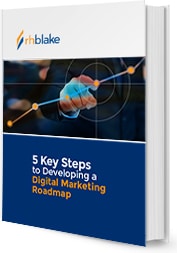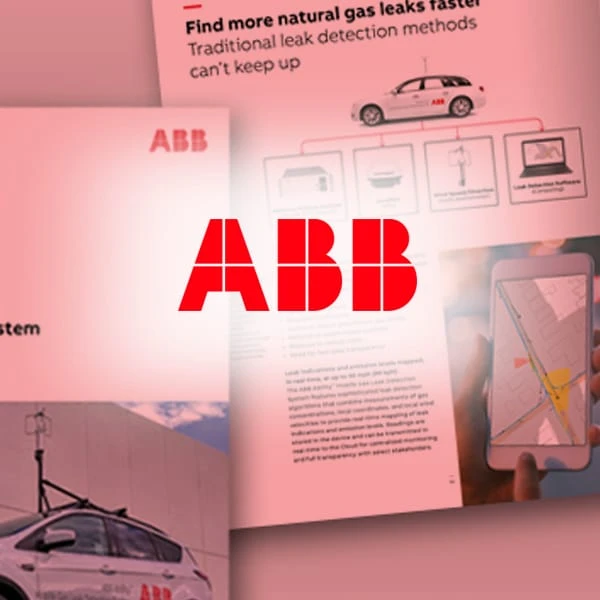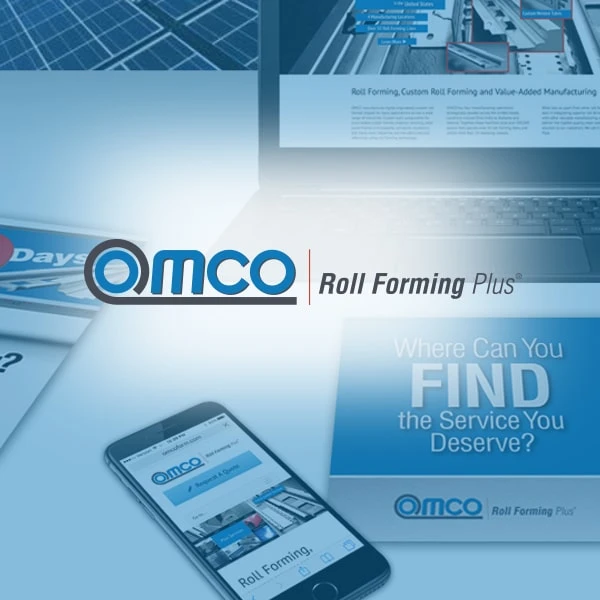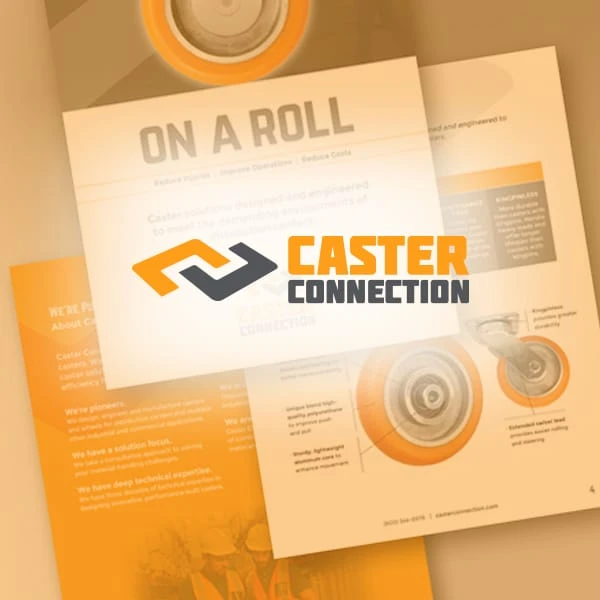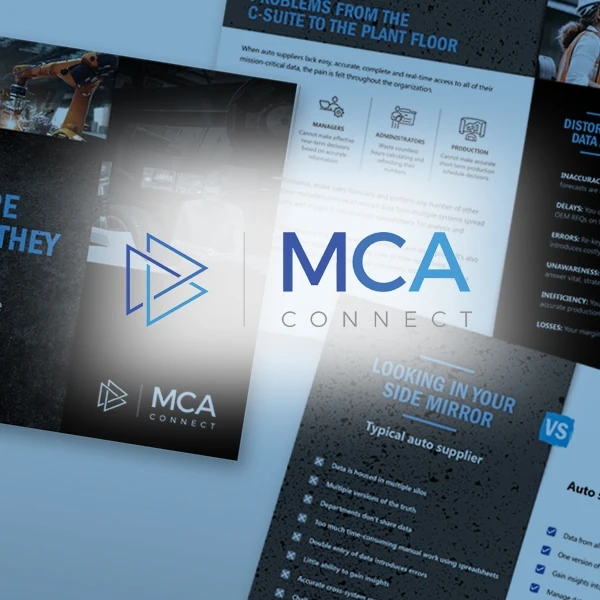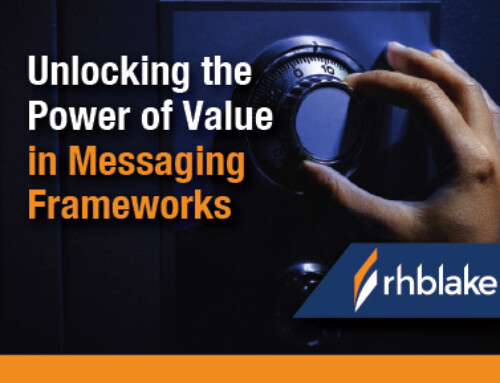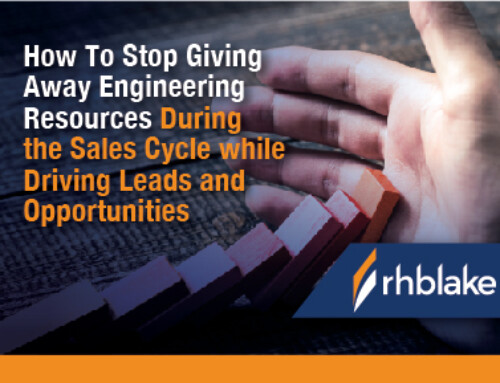B2B manufacturers who enter a market without first researching that market encounter (or create for themselves) multiple challenges.
How Savvy B2B Manufacturers Generate Warm Referrals Inside Key Accounts
For B2B manufacturers, success often hinges not on finding new accounts, but on penetrating existing strategic accounts—a core tenet of Account Based Marketing (ABM). While ABM typically focuses on moving vertically, horizontally, and geographically within accounts you already own, the challenge lies in effectively reaching the right people and establishing trust across diverse internal teams.
Our buyer research highlights a crucial insight: The internal opinions of your customers’ peers are a critical part of their buying journey. As a B2B marketer, you must leverage this reliance on peer recommendations to deepen relationships and unlock opportunities for growth within those strategic accounts.
Account Based Marketing, as a strategy, is generally most effective for organizations that already have an account and are seeking to fully penetrate it. While traditional prospecting often involves cold outreach, ABM focuses on nurturing existing contacts and expanding influence.
When we consider the buying journey, many customers rely on internal guidance and references. Marketers must recognize that while direct marketing is important, what you are doing to nurture contacts within that organization—who then become internal advocates—is arguably even more vital. In fact, research shows that peer recommendations are a critical factor. In our recent survey, 45% of respondents said they solicit peer recommendations when researching complex, high-value purchases. The target of your nurturing efforts here is the internal referral.
The Power of the Internal Peer Recommendation
When we discuss peer recommendations in this context, we are primarily talking about people talking to other people in their own organization.
The warmest kind of referral happens when a client contact you already have a relationship with recommends that you reach out to a specific colleague in their company because they believe that person could benefit from what you offer. This referral usually comes after you’ve shared a broader insight that is unrelated to the initial task or project. The existing contact acts as a catalyst, recognizing that the insights you shared align better with a colleague’s responsibilities.
This scenario provides a clear and leveraged path for entry: you can use this connection by saying, “Hey, so-and-so, I was talking to your colleague about something unrelated, and they recommended I reach out to you.”
But how do you, as a marketer, encourage this kind of internal cross-pollination without waiting for it to happen accidentally?
Marketer’s Strategic Mandate: The Client “Show and Tell”
The most effective way to initiate internal peer recommendations is to set up structured, regular “Show and Tell” sessions with your existing clients.
As a marketer, your job is to frame these sessions as a genuine value-add that you deliver to all your clients, positioning them as a structured approach to communication. You might even give these sessions a proprietary name, such as a “North Star Review,” which removes the perception of them being self-serving sales pitches.
These Show and Tell sessions should happen at least once a year, or perhaps once a quarter, and they must have a broader conversation than just the current project or task at hand. The objective is to deepen the relationship and potentially create new opportunities within the organization by talking about all the ways you can help.
Delivering Objective Value with Your Marketing Content Strategy
To succeed, your Show and Tell cannot be a sales pitch, a cross-sell or an upsell effort. It must be objective.
As a supplier working broadly across the marketplace, you hold a unique benefit: you have more data points and insights compared to your customer, who operates within the proverbial four walls of their organization. Your materials should leverage this perspective.
Marketing must create assets that support sales in communicating these broad insights:
- Focus on Industry Insights and Lessons Learned: The session should cover best practices, tips, what’s working, and what’s not working in the marketplace. The content should be based on your experience solving similar problems for other companies.
- Strategic and Focused Content: The session should not just be five things you think are interesting. It should be five things you know the customer finds interesting and that might help you win more business or displace a competitor.
- Maintain Objectivity and Confidentiality: When discussing competitors, keep focus on the challenges, issues, processes and problems, not on naming specific companies you work with. Sharing generalized lessons learned across your portfolio avoids confidentiality conflicts.
- Create Shareable Assets: While a structured conversation framework (often through slides or a PowerPoint presentation) is essential, you should also develop physical materials, video clips or interactive 3D models that support the presentation. Crucially, the assets should make it really easy for the client to share the information internally with colleagues.
Hot leads from warm referrals
By creating and positioning this structured, objective communication approach, you are increasing the likelihood that your satisfied contact will naturally say, “Oh, so-and-so could probably benefit from this.” This leverages the core fact that customers rely on peer recommendations, providing the warmest referral you can secure.
RH Blake specializes in helping B2B manufacturers move beyond general cross-selling to strategically instigate the warmest kind of referral—the internal peer recommendation. We support your marketing efforts by establishing the framework for regular, structured Show and Tell sessions with existing clients, and developing the necessary objective, strategic assets (including presentation slides, video clips and interactive 3D models) that make it easy for satisfied client contacts to disseminate high-value industry insights and lessons learned to their colleagues, ultimately capitalizing on the proven reliance customers place on internal peer recommendations. If this sounds like something you need, let’s talk.
Top 10 Frequently Asked Questions
- How do B2B manufacturers generate warm referrals inside a key account?
Warm referrals inside manufacturing accounts happen when an existing advocate introduces you to a peer, plant, division, or decision-maker. The most effective way to spark this is by holding periodic Show & Tell sessions, making your value visible to more stakeholders, and equipping your champion with shareable assets they can forward internally.
- What is the difference between a cold referral and a warm referral in manufacturing?
A cold referral is a passive mention with little context or endorsement. A warm referral includes credibility, context, and a direct introduction from someone the receiving contact trusts. In manufacturing—with long sales cycles and risk-averse buyers—warm referrals dramatically accelerate access and influence inside the account.
- Who are the best internal champions for generating referrals in a manufacturing organization?
The strongest champions are typically Plant Managers, Engineering Leads, Operations Directors, and Procurement Managers who have directly experienced your value. They carry authority, have broad internal networks, and are trusted by peers who influence purchase decisions across locations and divisions.
- How often should manufacturers run internal Show & Tell sessions?
Most manufacturers benefit from running Show & Tell sessions quarterly or twice a year. Any less, and your value becomes invisible. Any more, and it feels like a push. Quarterly cadence keeps your wins fresh, gives you new use cases to highlight, and aligns well with plant or corporate review cycles.
- What types of content help a champion share your value with colleagues?
Short, forward-able assets perform best: 1-page summaries, before-and-after visuals, simple ROI highlights, short video demos, and plant-level case studies. These are easy for a champion to send across departments or regions, helping you expand into divisions you haven’t met yet.
- How can you tell if an internal referral strategy is working?
Track signals such as: invitations to meet new stakeholders, cross-plant inquiries, requests for pricing from divisions outside your core contact, increased traffic to your product pages from internal domains, and growth in opportunities tied to the same parent account.
- Can internal referrals support account-based marketing (ABM) for manufacturers?
Yes. Internal referrals are one of the fastest and most authentic ways to operationalize ABM in manufacturing. They help you penetrate the account more quickly, identify new buying centers, shorten sales cycles, and strengthen your foothold in growth-ready facilities.
- Why are warm referrals so effective for long-sales-cycle manufacturers?
Because manufacturing purchases are complex, technical, and high-risk. When a trusted colleague endorses your solution, it lowers perceived risk, increases confidence, and makes buyers more open to evaluating your offering—even in conservative or change-resistant organizations.
- How can marketing teams encourage sales to use internal referral strategies?
Marketing can supply shareable assets, define referral triggers, create ready-made outreach scripts, and build a simple internal-referral playbook. When sales sees that these tools spark new conversations inside the account, they adopt the approach more consistently.
- What KPIs should manufacturers use to measure warm referral impact?
Useful KPIs include: number of new contacts added inside target accounts, number of referrals per quarter, meetings secured via internal introductions, multi-plant expansion rate, cross-division opportunity value, and year-over-year revenue growth within strategic accounts.
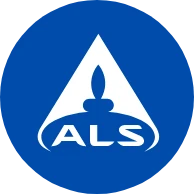
"You guys met our expectations in every way. It [RH Blake Market Research] was the information we were looking for. Congratulations and Thank You!"
 Scott Griggs
Scott Griggs
Director of Services for Food Manufacturing and Food Service
ALS Global

"“I’ve gotten all that I’d hoped for from the RH Blake Growth Roadmap™ and more. Based on the research and insights, we adjusted our offering scope and sales approach. And this adjustment has been effective at generating new opportunities."
 Diane Reko
Diane Reko
President
REKO International

"RH Blake has been an outstanding partner. They deliver creativity, on time, and always so professional. We love working with them because of their perspective, support, and their efficiency in turning projects around quickly."
 Samantha Spano
Samantha Spano
Digital Product Marketing & Communications Manager
Industrial Automation Energy Industries
ABB
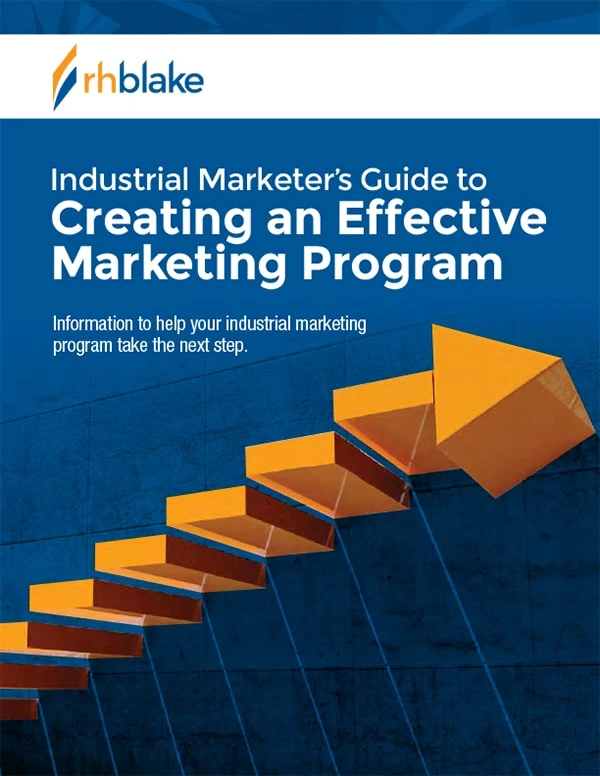
Industrial Marketer’s Guide to Creating an Effective Marketing Program
147 pages of actionable ideas to help you create a winning marketing strategy and program

Industrial Marketer’s Guide to Creating an Effective Marketing Program
147 pages of actionable ideas to help you create a winning marketing strategy and program
Related Clients


